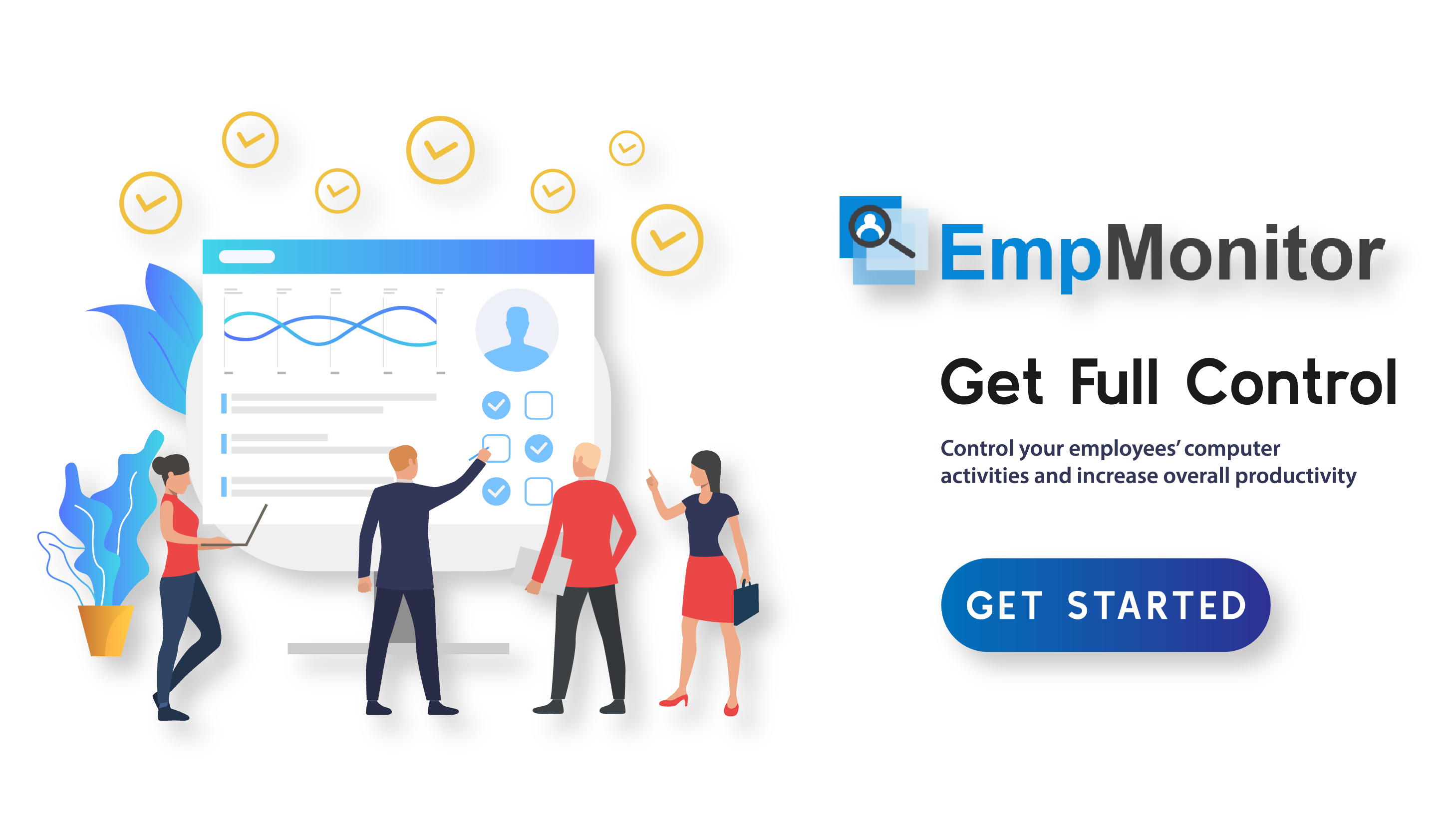Marisa Jo, a popular TikToker, has coined the term “Bare Minimum Monday” to describe her approach to managing work pressure and holding herself accountable for completing only the essential tasks needed to get by on that day.
With her recent video receiving over 670,000 views on TikTok, Marisa Jo has become a viral sensation for her “Bare Minimum Monday” trend. In the video, she shares her personal habits and routines for slowing down on Mondays and prioritising activities that promote well-being.
Tap The Play Button to Listen This Article
Why “Bare Minimum Monday” Trend Emerged Among Employees ?
The “Bare Minimum Monday” trend emerged as a response to the growing concerns around employee burnout and workplace stress. As employees started to feel overwhelmed with their workload and struggled to balance their personal and professional lives. workplace productivity
The idea was born out of the need to help employees start their workweek on a less stressful note. By focusing on the most essential tasks and minimising distractions, employees could ease into the week and avoid feeling overwhelmed right from the start.
05 reasons that keep Empmonitor’s employees from “Bare Minimum Mondays”
1. They learn how to better manage their time at work
EmpMonitor is a powerful tool that helps employees optimise their work schedules, set priorities, and track their progress on various tasks. By using this software, employees can plan their workday better, reduce time wasted on non-productive activities, and stay focused on the most important tasks.
When employees manage their time effectively, they can enjoy numerous benefits that positively impact their work and personal life. Here are some of the benefits of better managing time at work:
- Increased Productivity: Effective time management helps employees to prioritise their work, and focus on the most important tasks first. This helps them to be more productive and achieve their goals efficiently.
- Reduced Stress: When employees manage their time effectively, they can reduce their stress levels. They are better able to plan their workday, avoid the last-minute rush, and meet deadlines with ease.
- Improved Quality of Work: When employees have more time to work on their tasks, they can pay more attention to detail and deliver high-quality work.
- Improved Job Satisfaction: When employees manage their time effectively, they can accomplish more tasks, meet deadlines, and increase workplace productivity. This increases their job satisfaction, which leads to better retention rates.
2. Organising Task Effectively
EmpMonitor can organise tasks effectively by providing a centralised platform for managing all tasks and workflows within a company. This software allows employees to create, assign, and track tasks and projects, ensuring that everyone is on the same page and working towards a common goal.
Here are some ways that EmpMonitor help organise tasks effectively:
- Task Prioritization: Employees can prioritise their tasks based on importance, deadline, or urgency. This feature ensures that employees are working on the most critical tasks first and completing them on time.
- Task Assignment: EmpMonitor enables managers to assign tasks to individual team members or groups, ensuring that everyone knows what they need to work on and when. This feature eliminates confusion and prevents tasks from falling through the cracks.
- Task Tracking: EmpMonitor provides real-time visibility into the status of tasks and projects, allowing team members to track progress and adjust their workloads accordingly. This feature helps identify any bottlenecks or roadblocks in the workflow and allows team members to take corrective action to keep the project on track.
- Automation: Employee management software can automate repetitive tasks, such as sending reminders or notifications, allowing employees to focus on more critical tasks and improving workplace productivity.
3. Set Boundaries to Work and Life
It is essential to set boundaries between work and life to maintain a healthy balance between the two. Failing to set boundaries can lead to overworking, stress, and burnout, which can negatively impact both personal and professional life.
By setting boundaries, individuals can allocate time for work-related tasks and personal activities, leading to improved workplace productivity, better mental health, and a better quality of life.
Furthermore, setting boundaries helps individuals prioritise their tasks, preventing them from feeling overwhelmed and overburdened. It also allows individuals to disconnect from work and recharge, leading to improved performance and job satisfaction.
EmpMonitor can help employees set boundaries between their work and personal life, allowing them to focus on their tasks and take breaks without feeling guilty or overwhelmed. Ultimately, it can improve the workplace productivity and well-being of employees, benefiting both the individual and the organisation.
4. Tracking Productivity
Measuring productivity encourages employees to increase metrics and compete with co-workers with high productivity metrics. It ultimately motivates employees to perform well at work, resulting in more workplace productivity.
Tracking productivity can benefit employees in several ways:
- Identify Areas of Improvement: Tracking productivity helps employees identify areas where they can improve their performance. By reviewing their progress regularly, they can identify any bottlenecks or inefficiencies in their work processes and take corrective action.
- Set Realistic Goals: Tracking workplace productivity enables employees to set realistic goals based on their performance history. By analysing their productivity data, employees can set achievable targets and timelines for completing tasks.
- Measure Performance: By tracking productivity, employees can measure their performance accurately. This allows them to understand how much work they can accomplish in a given period, and identify any changes in their productivity levels over time.
- Boost Motivation: Tracking workplace productivity can boost employee workplace motivation levels. By setting achievable goals and monitoring their progress towards them, employees can feel a sense of accomplishment, leading to increased motivation and job satisfaction.
With the help of EmpMonitor, employees can easily track their progress, set goals, and analyse their work patterns. The software provides real-time data on how much time is spent on each task, allowing employees to identify areas where they can improve their efficiency.
5. Make More Free Time For Themselves
EmpMonitor helps employees make more free time for themselves by streamlining tasks, reducing workload, managing timesheets, and increasing workplace productivity. Employees can automate administrative tasks like timesheets, leave requests, and expense reports. This reduces the time employees need to spend on paperwork, freeing them up to focus on more important tasks.
With EmpMonitor, employees can acquire access to real-time information about their work schedules, tasks, and deadlines in real-time. This helps them plan their workday more efficiently, reducing the likelihood of missed deadlines or last-minute rush jobs.
These are the 05 Reasons EmpMonitor can be a valuable tool for promoting a healthy work-life balance and supporting the “Bare Minimum Mondays” workplace trends. By automating administrative tasks, providing real-time access to information, and analysing workplace productivity, this software can help employees work more efficiently and effectively, freeing up more time for themselves to focus on personal well-being and relaxation.
Note: While employee management software can be a helpful tool, it’s not a silver bullet solution. Ultimately, it’s up to individual employees and organisations to prioritise work-life balance and create a workplace culture that supports employee well-being. With the right tools and practices in place, employees can find the balance they need to thrive in their personal and professional lives, whether they choose to adopt “Bare Minimum Mondays” or other work practices that help them achieve their goals.
READ MORE:
How To Improve Employee Productivity | 09 Best Practices
Employee Burnout: 7 Tips To Deal With Effective Workforce Management Solutions
Bare Minimum Monday and Productivity
Is bare minimum Monday productive? The answer depends on what side of the table you sit on and what you define as productive.
From an employee’s perspective, “Bare Minimum Monday” can be a productive approach as it allows them to ease into the workweek. By taking a more gradual approach instead of diving headfirst into work on Monday morning, employees can conserve their energy and focus on more important tasks later in the week. This can result in higher levels of workplace productivity and better overall performance throughout the week.
From an employer’s perspective, the idea of “Bare Minimum Monday” might raise concerns about workplace productivity and a “hustle culture” mentality. After all, employers are paying their employees for five days of work, and some may see taking it easy on Monday as slacking off.
However, savvy employers understand that workplace productivity and morale are closely linked. Allowing employees to ease into their workweek with a more relaxed Monday can actually improve productivity later in the week.
Final Words!
For Some, The concept of “Bare Minimum Monday” may be harder to embrace as they may view workplace productivity as always working hard and putting in maximum effort. However, it’s worth noting that even before modern technologies like email and Slack, employees often found ways to ease into the workweek. Whether it was chatting at the water cooler or grabbing a cup of coffee, Mondays have always presented a challenge for some workers.
It’s important to recognize that different approaches to work can be effective for different individuals and circumstances. While some employees may thrive in a fast-paced, high-pressure work environment, others may benefit from a more relaxed start to the week. Ultimately, the key is to find a balance that works for everyone and promotes overall workplace productivity and well-being.


















